Switch to Linux with these top distros
Windows 7 is dead; it might be time consider switching to a stable, secure and fast alternative

A Linux operating system isn’t a single entity, but a collection of files, scripts and executables that work together to present an interface and manage the underlying environment. Together, those assets are known as a distribution, or “distro”. Whichever flavour of Linux you choose to install, it will have several recognisable components in common with its rivals.
Kernel
This is what it all comes down to. Without the kernel, there would be no Linux. It sits directly above your hardware to provide an interface between the software layer and your processor, memory, storage and so on. It can be added to on the fly as and when the system needs to access a device driver, and its similarity to Unix is what defines Linux as a Unix-like operating system, rather than simply the commands used or its look and feel.
The kernel is developed collaboratively by a distributed team of coders who adapt it for use on different architectures, including x86 and ARM. Spin-offs form the basis of similar (although not identical) operating systems such as Android and webOS.
Package manager
Packages are apps and, logically, a package manager handles installing, updating and removing them from your system. Traditionally, this would have been done at the command prompt (via the terminal), although graphical package managers, which vary between distributions, now give the process a friendly front end, and a graphical environment like that found in the Microsoft and Apple software stores. Packages are installed from software repositories.
Although Linux is used as a generic term for a collection of operating systems, they don’t all work in the same way, and one of the biggest points of difference is the workings of their package managers – and which manager their developers have chosen to implement.
As an example, the table below shows how you would perform a range of common package management tasks via terminal using apt (common in Debian-based distributions, including Ubuntu and Raspbian), pacman (used by Arch-based distributions such as Manjaro) and RPM (which you’d encounter when running Red Hat or Fedora).
| Row 0 - Cell 0 | Install package | Upgrade package | Uninstall package |
| APT | apt install [name] | apt upgrade [name] | apt remove [name] |
| pacman | pacman -S [name] | pacman -R [name] | |
| RPM | rpm -i [name] | rpm -U [name] | rpm -ev [name] |
Window server
The window server is what makes Linux approachable for novice users, transforming it from a text-based OS into a fully graphical environment. Effectively, it interprets the GUI, which is rendered by the window manager, and translates clicks and mouse movements into actionable commands. On Linux, the most common window server is known as X, X11 or the X Window System, which has been in active use since 1984.
Window manager and desktop environment
These are like a Linux distribution’s style book. It’s the code that defines what you see onscreen, from window borders and controls, to docks and app launchers, the way they behave, how they give feedback and so on. As with the package manager component, there are several window managers to choose from, although in this case end users frequently have greater latitude, with the option to download each distribution tailored for use with a range of different window managers.
Common desktop environments include Gnome, KDE and Xfce. Choosing between them is often a matter of preference, although some may be better suited to specific use cases. Xfce, for example, is optimised for speed and running on less powerful hardware – much like MATE, which started as a form of GNOME 2.
Applications
At this point, things become more subjective. Although applications aren’t a core part of the operating system – in that each would boot and run without apps, even though it wouldn’t be much use – distribution developers each bundle a selection of useful software to get you started. At the most basic, this usually consists of an office suite, web browser and email application, with the most common being LibreOffice, Firefox and Thunderbird respectively.
However, the distribution installers frequently give the option of standard and minimal install options, the latter of which sets up just the guts of the OS and leaves the end user to assemble their preferred software selection after first boot using the command-based package manager or graphical app store.
Get the ITPro daily newsletter
Sign up today and you will receive a free copy of our Future Focus 2025 report - the leading guidance on AI, cybersecurity and other IT challenges as per 700+ senior executives
Nik Rawlinson is a journalist with over 20 years of experience writing for and editing some of the UK’s biggest technology magazines. He spent seven years as editor of MacUser magazine and has written for titles as diverse as Good Housekeeping, Men's Fitness, and PC Pro.
Over the years Nik has written numerous reviews and guides for ITPro, particularly on Linux distros, Windows, and other operating systems. His expertise also includes best practices for cloud apps, communications systems, and migrating between software and services.
-
 Should AI PCs be part of your next hardware refresh?
Should AI PCs be part of your next hardware refresh?AI PCs are fast becoming a business staple and a surefire way to future-proof your business
By Bobby Hellard Published
-
 Westcon-Comstor and Vectra AI launch brace of new channel initiatives
Westcon-Comstor and Vectra AI launch brace of new channel initiativesNews Westcon-Comstor and Vectra AI have announced the launch of two new channel growth initiatives focused on the managed security service provider (MSSP) space and AWS Marketplace.
By Daniel Todd Published
-
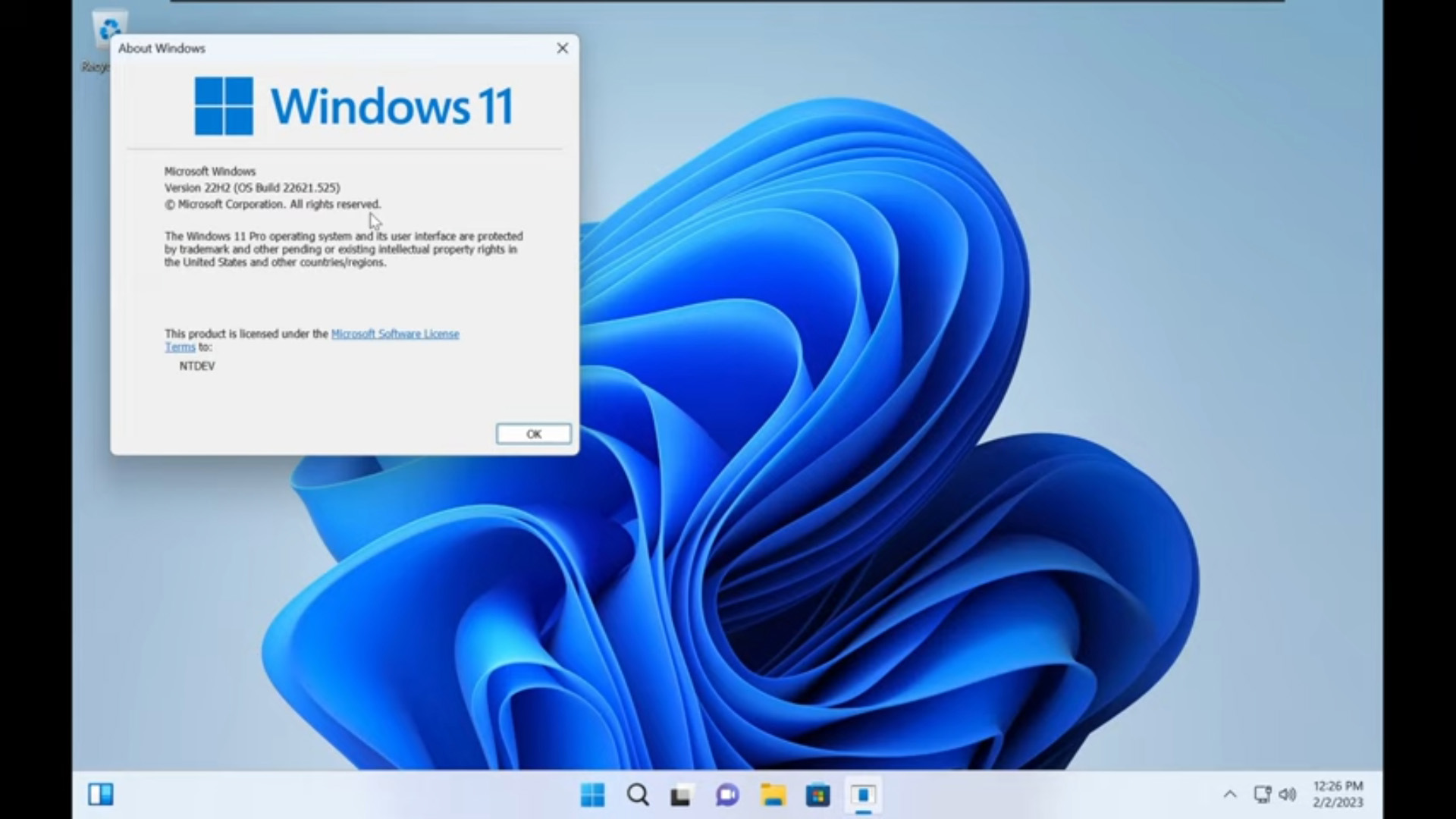 Tiny11 review: Windows 11 with only 2GB of RAM
Tiny11 review: Windows 11 with only 2GB of RAMReview A version of Windows 11 for older machines that don't meet the full requirements
By Nik Rawlinson Published
-
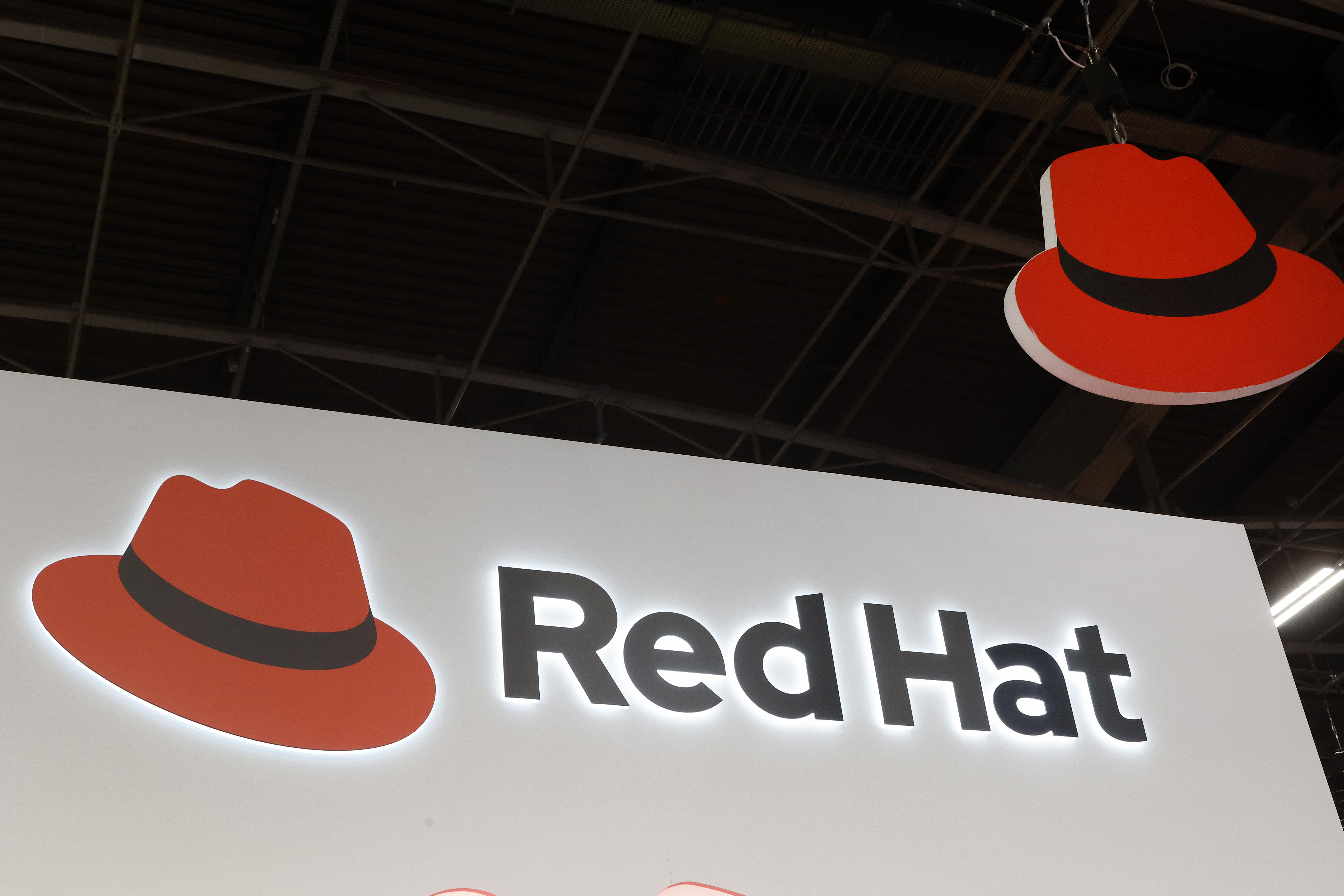 Red Hat Enterprise Linux becomes foundational operating system for Cohesity Data Cloud
Red Hat Enterprise Linux becomes foundational operating system for Cohesity Data CloudNews New strategic partnership between Red Hat and Cohesity aims to drive innovation in the data security and management space
By Daniel Todd Published
-
 Ubuntu shifts to four-week update cycle
Ubuntu shifts to four-week update cycleNews Critical fixes will also come every two weeks, mitigating the issues involved with releasing prompt patches on the old three-week cadence
By Richard Speed Published
-
 AlmaLinux follows Oracle in ditching RHEL compatibility
AlmaLinux follows Oracle in ditching RHEL compatibilityNews Application binary compatibility is now the aim with 1:1 now dropped
By Richard Speed Published
-
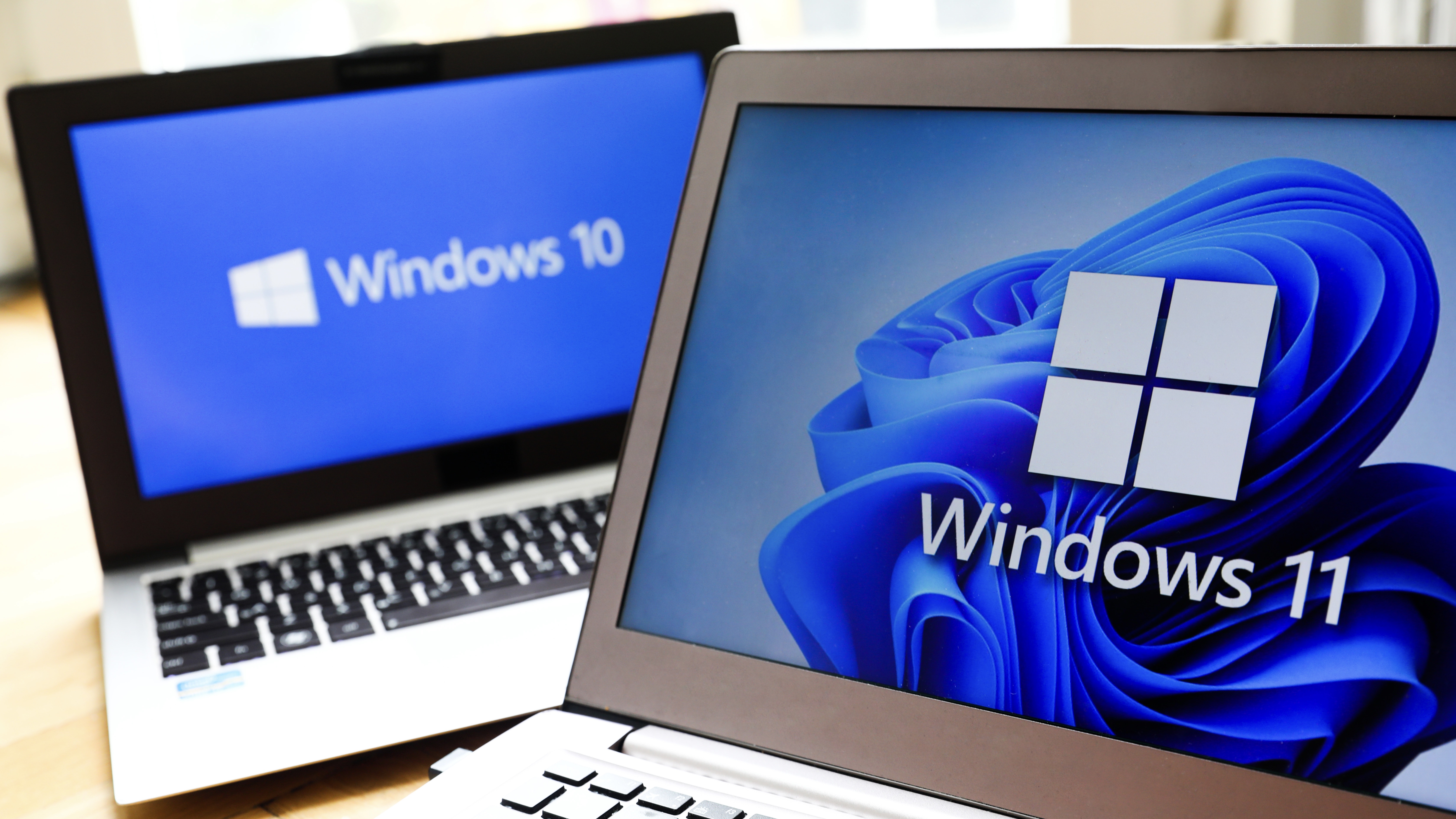 How big is the Windows 10 cliff-edge?
How big is the Windows 10 cliff-edge?ITPro Network With some comparing the upcoming Windows 10 end of life to Windows XP, we ask members of the ITPro Network for their insight
By Jane McCallion Published
-
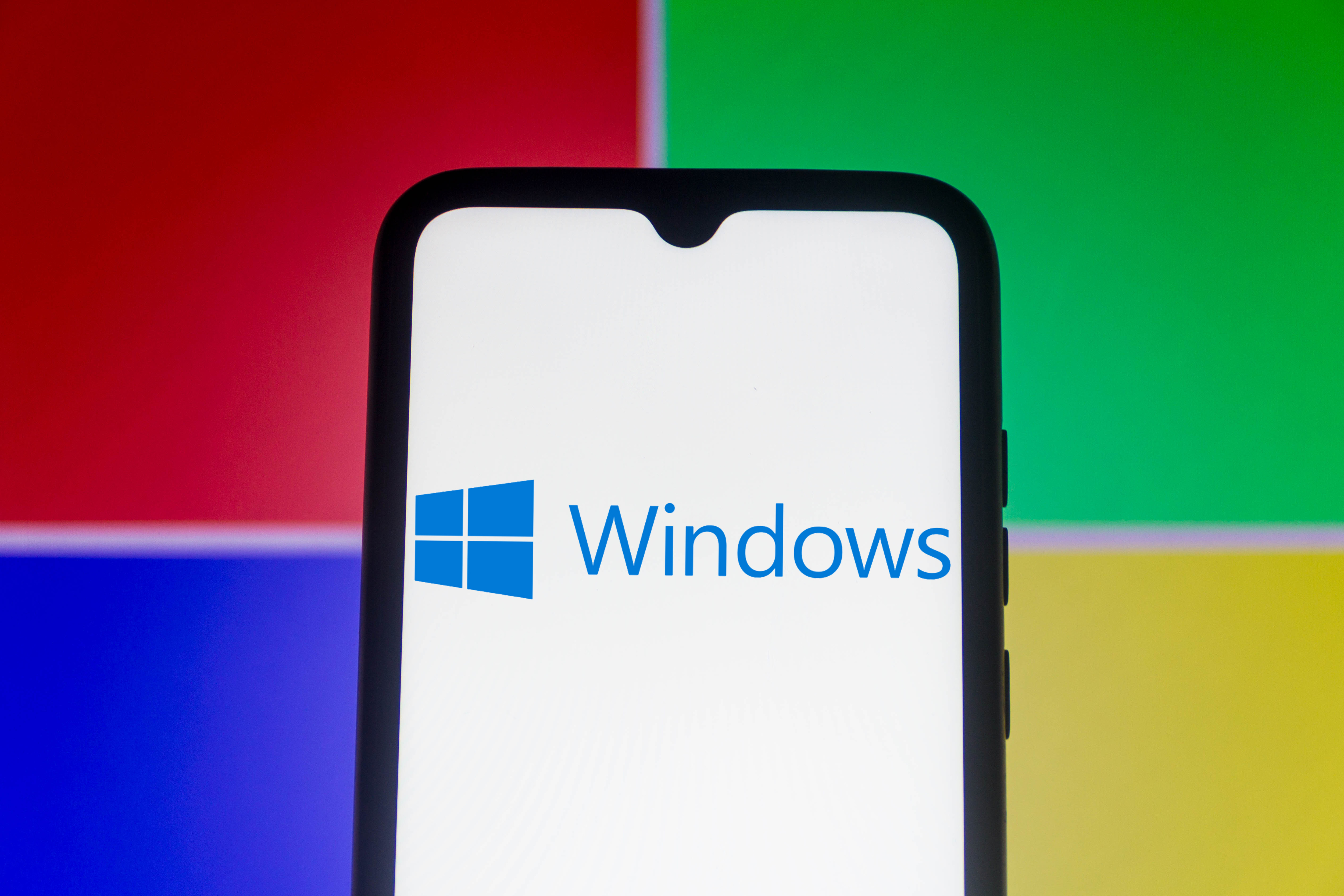 Everything you need to know about the latest Windows 11 updates - from bug fixes to brand-new features
Everything you need to know about the latest Windows 11 updates - from bug fixes to brand-new featuresNews Two new cumulative updates are on the way and will be installed automatically on Windows 10 and Windows 11 machines
By Rory Bathgate Published
-
 How to download a Windows 11 ISO file and perform a clean install
How to download a Windows 11 ISO file and perform a clean installTutorial Use a Windows 11 ISO to install the operating system afresh
By John Loeppky Published
-
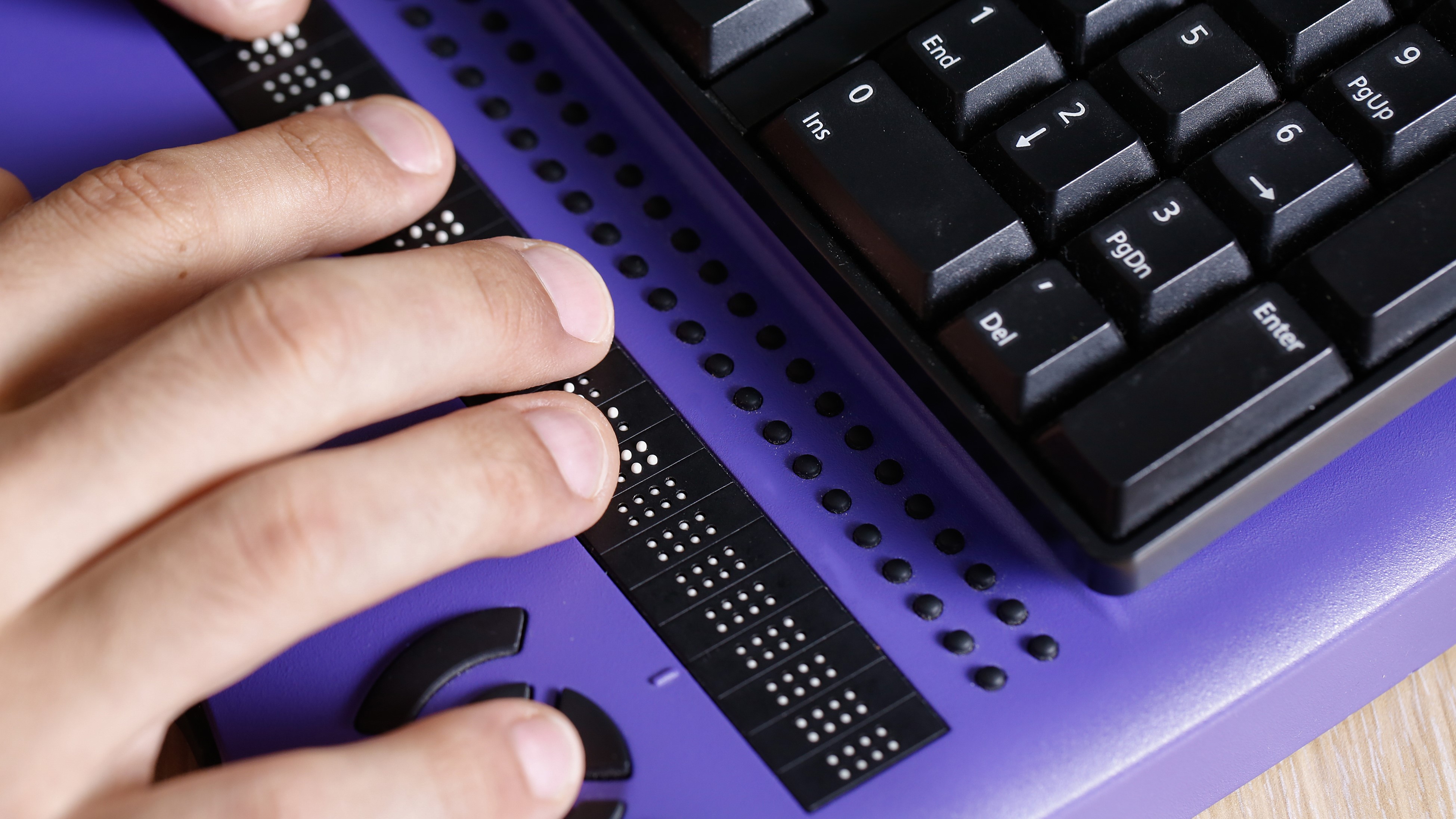 We could all benefit from better Windows and macOS accessibility features
We could all benefit from better Windows and macOS accessibility featuresOpinion Today’s accessibility features can help you work through a nasty injury, but there’s still plenty of room for improvement
By Barry Collins Published